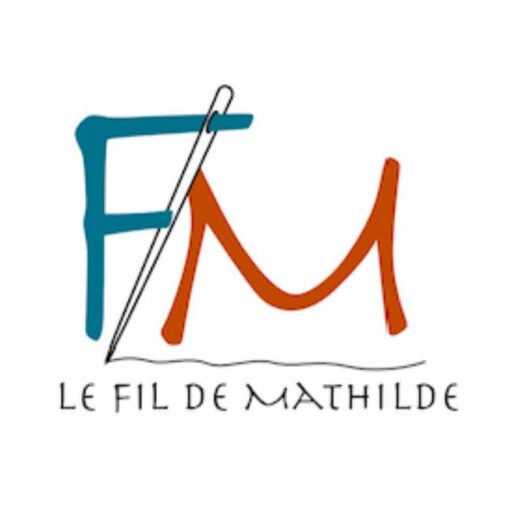BAYEUX TAPESTRY KITS
MATHILDE’S KITS
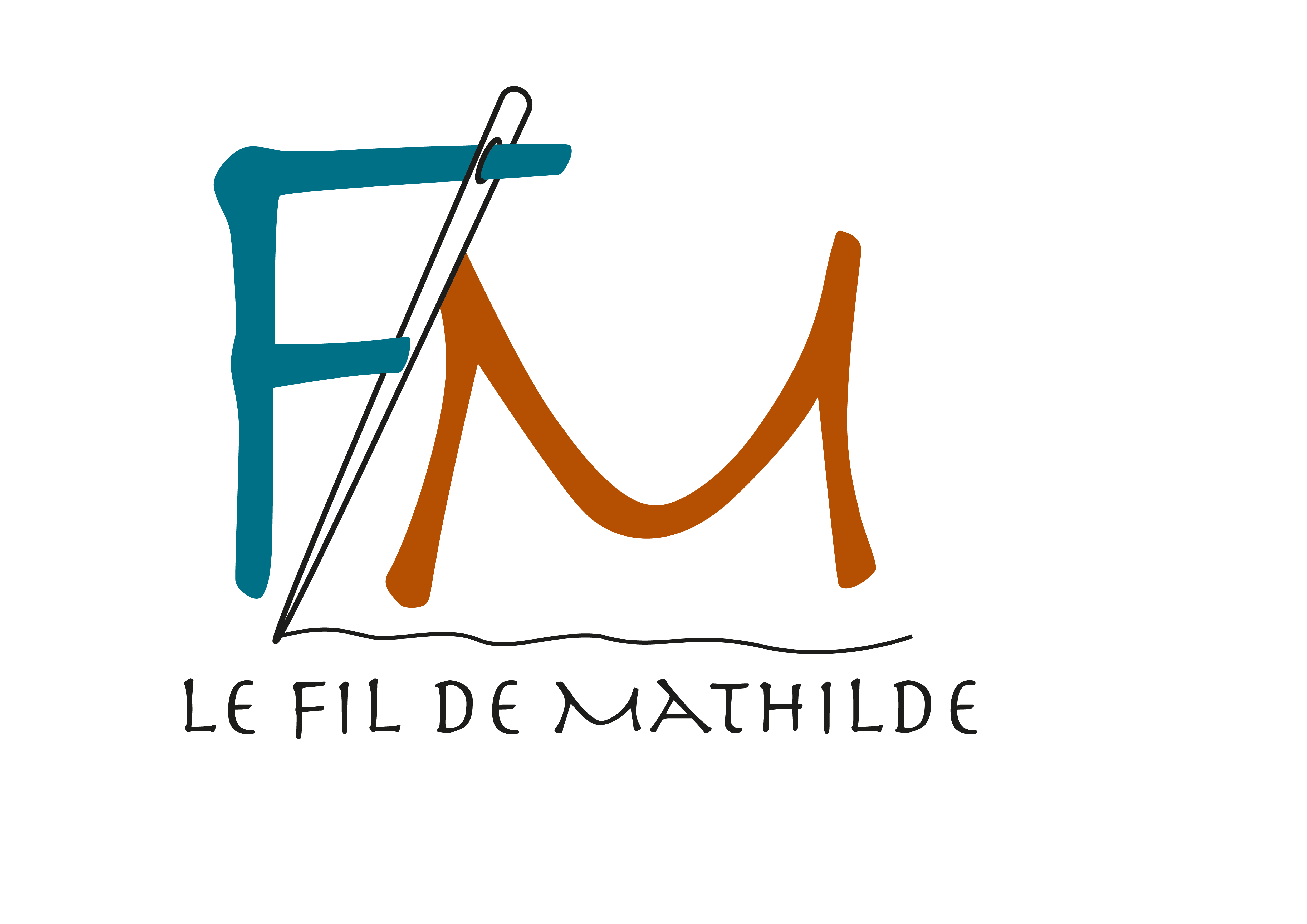
An heir to the textile arts, passionate
and creative.

-
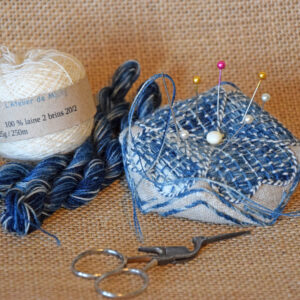
Blue Biscornu Kit – Needlecase
22,00 € -
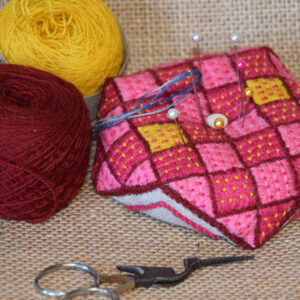
Pink Biscornu Kit – Needlecase
22,00 € -
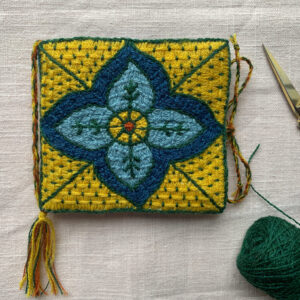
The Needle Book Blue Clematis
25,00 € -
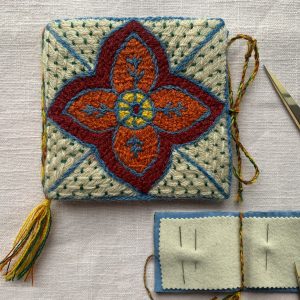
The Needle Book Purple Clematis
25,00 € -
Sale!
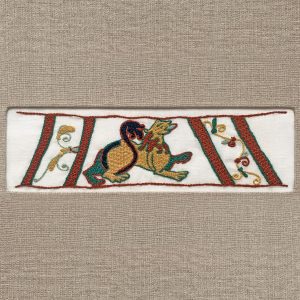
The Lion Kit
Original price was: 22,00 €.19,00 €Current price is: 19,00 €. -
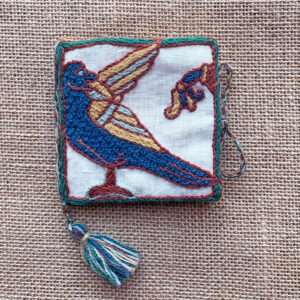
The Needle Book Birds
25,00 € -
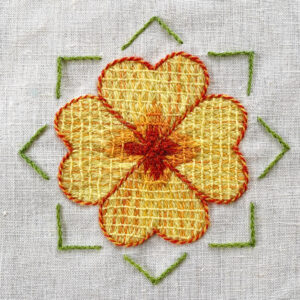
The Potentilla
15,00 € -
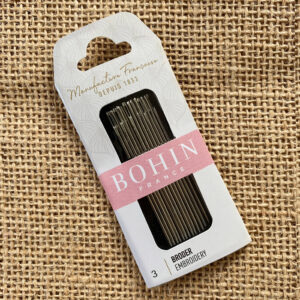
Pouch of 12 embroidery needles n° 3
3,00 € -
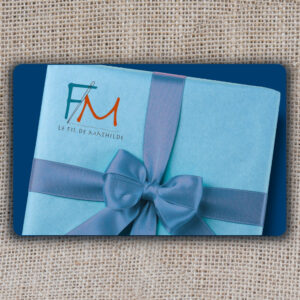
Gift Card
Price range: 15,00 € through 100,00 € -
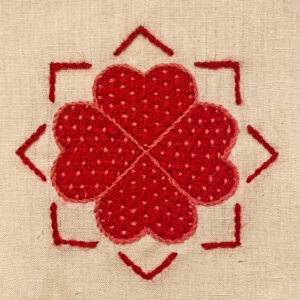
The Red Heart
15,00 € -
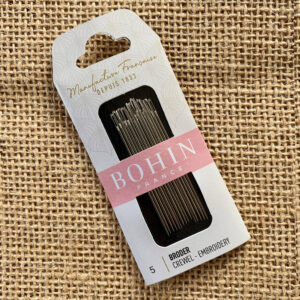
Pouch of 15 embroidery needles n° 5
3,00 € -
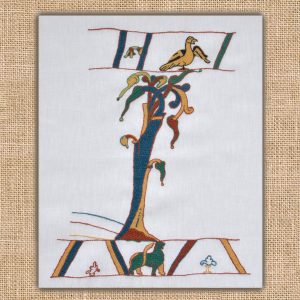
The Tree Kit
42,00 € -
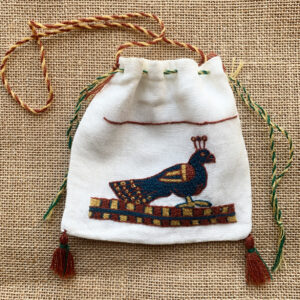
The Peacock Purse
32,00 € -
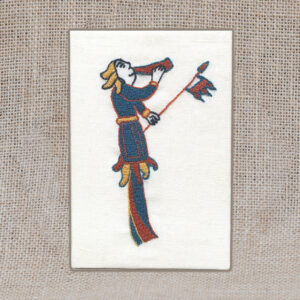
The Child with the Olifant (Poup’)
15,00 € -
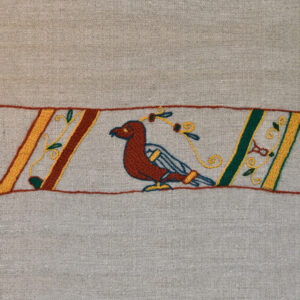
The Bird
22,00 €
Participatory Embroidery «La Mora»
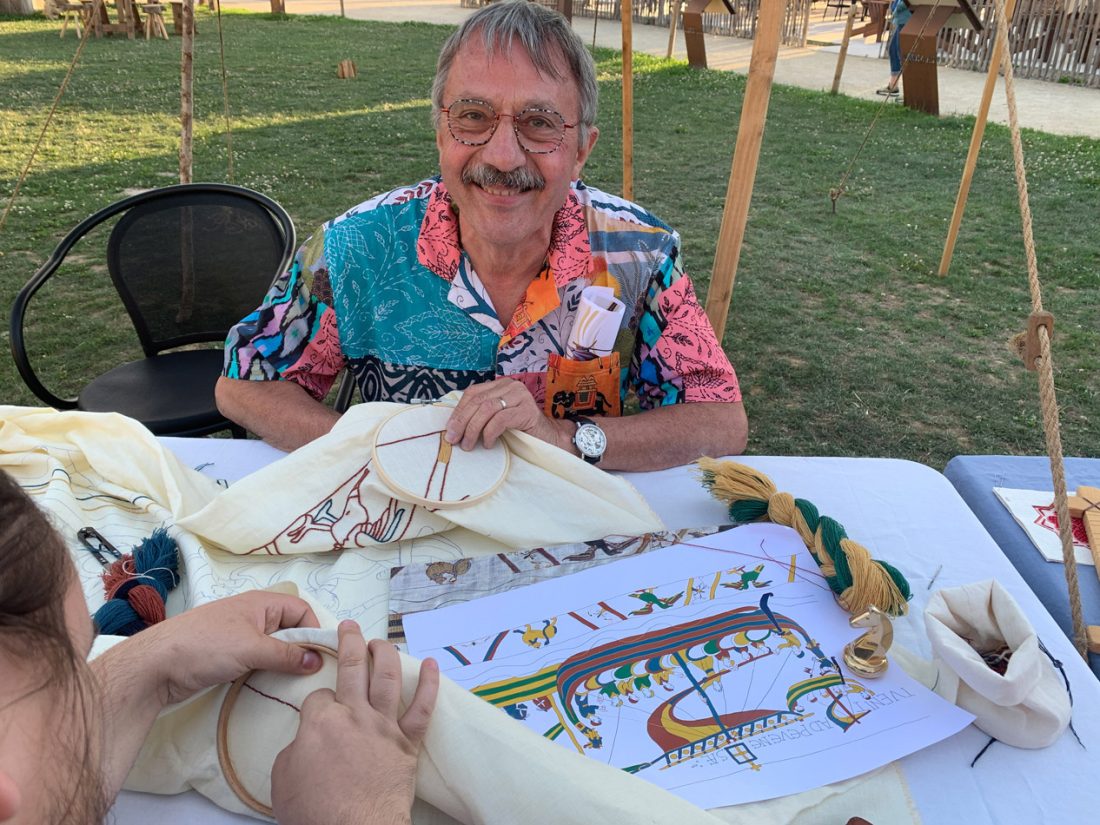
Come and experience a wonderful moment of sharing by participating in the reproduction of scene 38 of the Bayeux Tapestry. William the Conqueror’s ship named La Mora.
Le Fil de Mathilde meetings
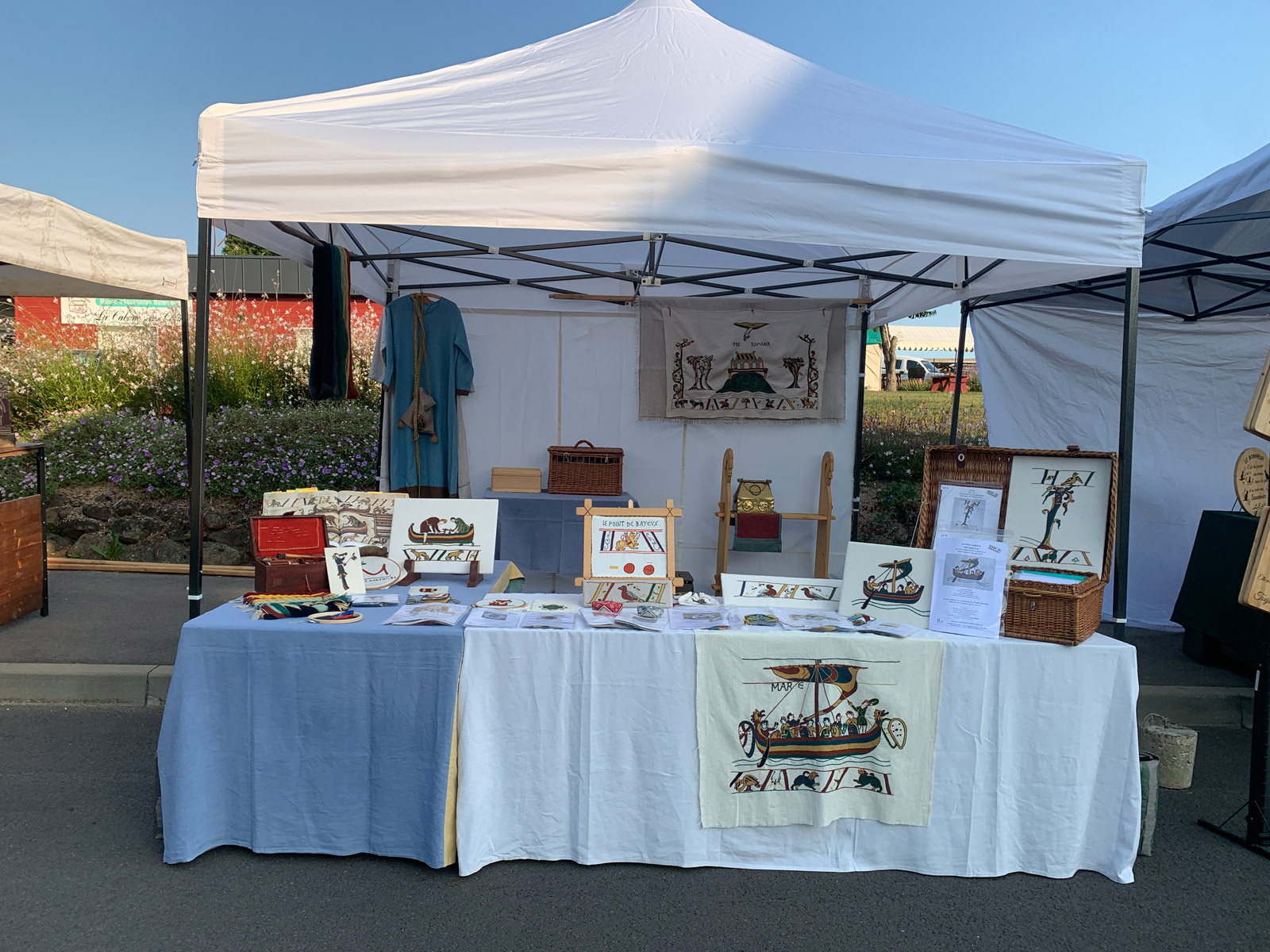
Meet me throughout the year at various markets and medieval festivals in Normandy.

Embroider the Bayeux Stitch
The Bayeux stitch, also called Crewel embroidery, or crewelwork, is a thousand-year-old technique, a heritage passed down in moments of convivial and intimate sharing – whether alone, as a couple, with family, or among friends.
Its execution is very simple and accessible, even for complete beginners.
It is done in four steps:
1. Stem stitch (point de tige)
The first step is to outline the motif using stem stitch.
2. Laid work (point de couchure)
Threads are stretched across the motif from one side to the other.
3. Couched bars (barrettes)
To secure the laid threads, additional threads are placed perpendicular to them, spaced about 3 to 4 mm apart.
4. Stopping stitches (points d’arrêts) or picots
To finish and stabilize the work, small stopping stitches (or picots) are made on each bar, also spaced 3 to 4 mm apart. On the next bar, they are placed in staggered rows.
At the time, raw materials were rare and precious. This technique was developed to be as economical as possible. The darker the wool, the more expensive it was to produce, since it required more processing and dye baths.
